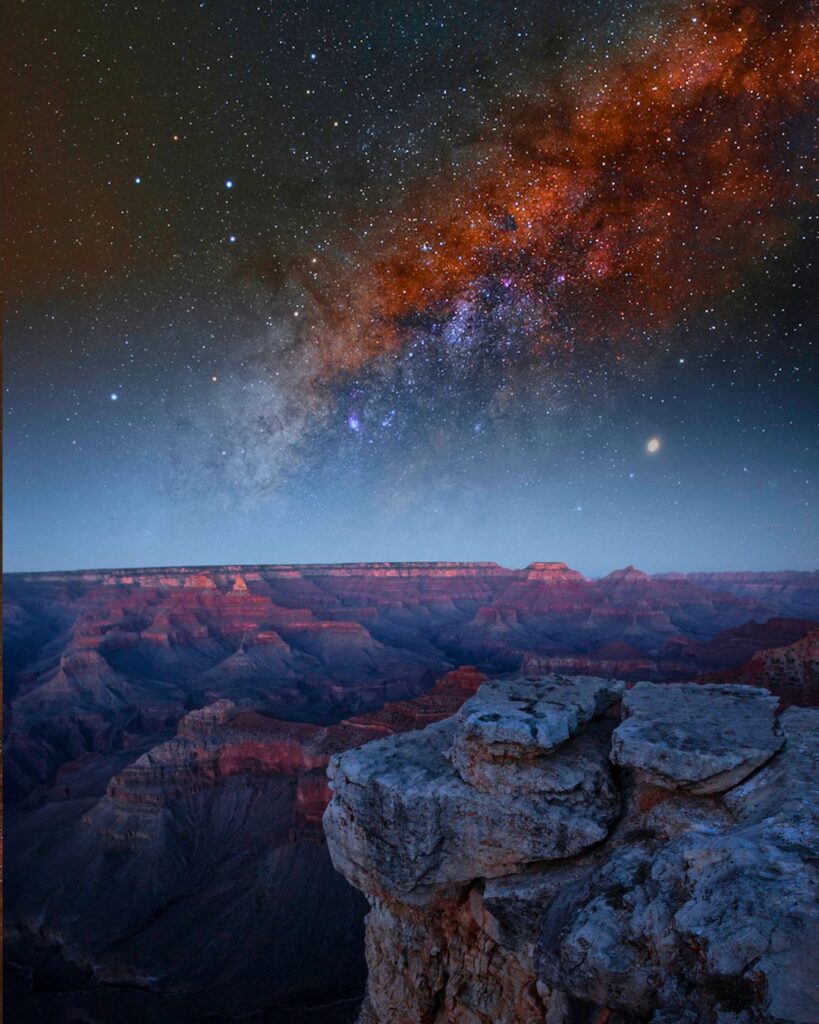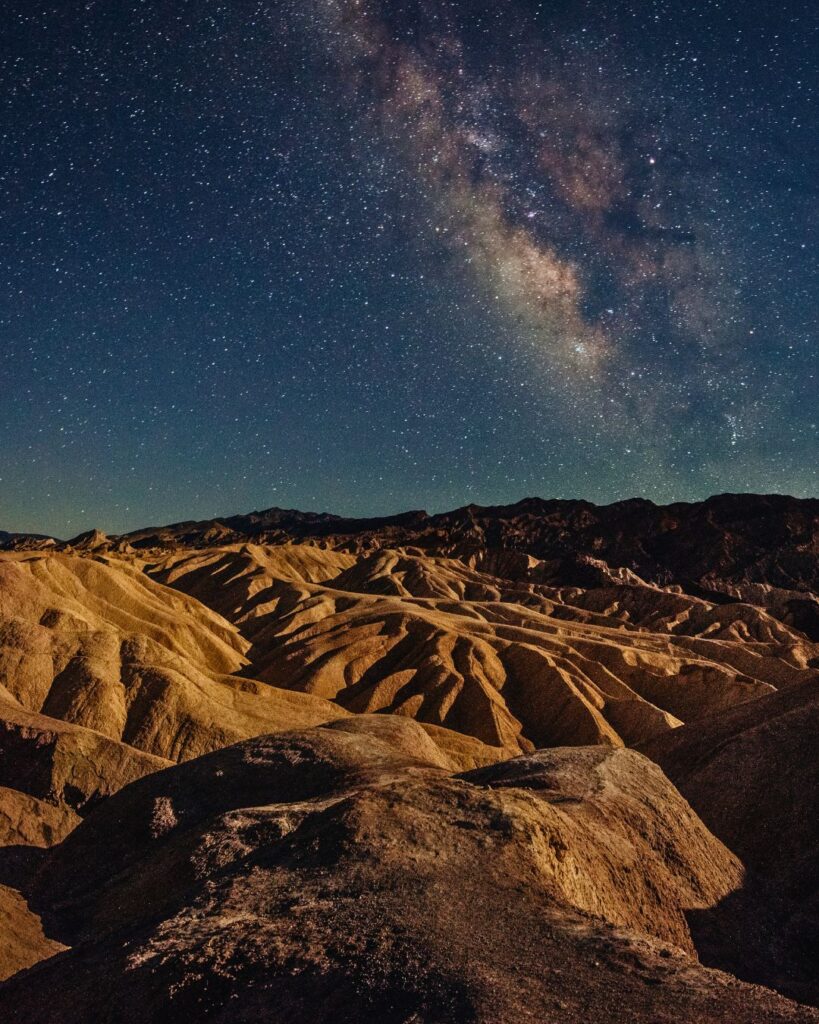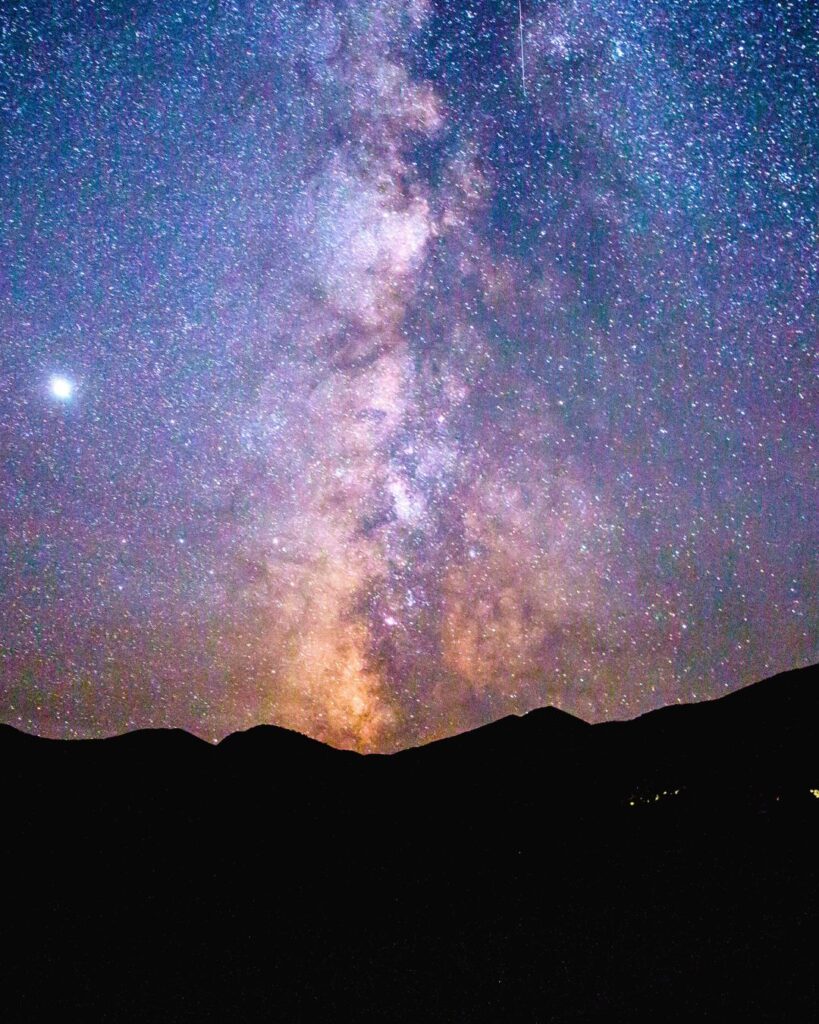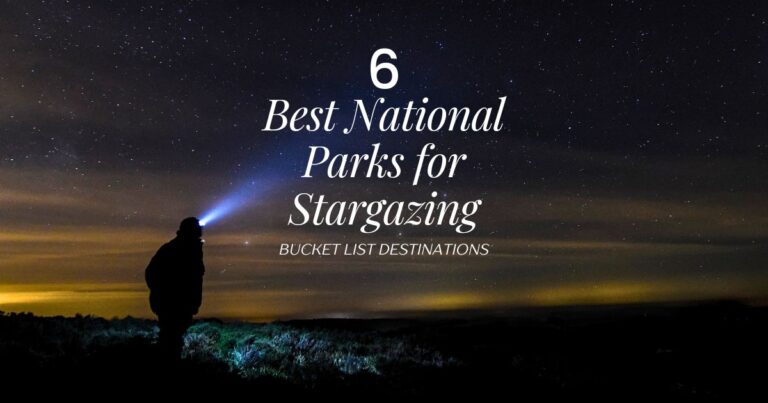Stargazing is an awe-inspiring activity, and there’s no better place to experience the wonders of the night sky than in a Dark Sky National Park. These parks are specifically designated to preserve their natural nightscapes, offering some of the best stargazing opportunities in the world. Whether you’re a casual observer or an astronomy enthusiast, these parks provide breathtaking views of celestial wonders, far from the glare of artificial light. In this post, we’ll explore the top Dark Sky National Parks, their stargazing programs, and tips to make your night under the stars even more magical.
What Makes a Park a Dark Sky National Park?
A Dark Sky National Park is a designation given to national parks that have minimal light pollution, making them ideal for stargazing. These parks are recognized by the International Dark-Sky Association (IDA) for their commitment to preserving the natural night environment. The criteria for this designation include low levels of artificial lighting, efforts to reduce light pollution, and a commitment to educating the public about the importance of dark skies.
These parks not only offer an excellent opportunity for stargazing but also for learning about the night sky. The best part is that many Dark Sky National Parks offer ranger-led programs that take your experience to the next level. Let’s dive into the top parks to visit for stargazing.
Top Dark Sky National Parks for Stargazing
1. Grand Canyon National Park

Grand Canyon National Park is one of the most iconic Dark Sky National Parks in the U.S. The park’s vast size and remote location make it a prime spot for stargazing, especially during clear nights. Visitors can enjoy stunning views of the Milky Way and even catch a glimpse of meteor showers during the right season.
Stargazing Spots:
Yaki Point offers an incredible panoramic view of the canyon and the night sky.
Desert View is another excellent spot with minimal light pollution.
Ranger Programs:
The Grand Canyon offers nightly astronomy programs, where rangers use telescopes to help visitors observe celestial bodies. Star parties, complete with guided constellation tours, are also available during certain times of the year.
2. Bryce Canyon National Park
Bryce Canyon is known for its unique hoodoos, but it’s also one of the top Dark Sky National Parks for stargazing. This park boasts high elevation and clear desert skies, making it perfect for seeing stars, planets, and even the Milky Way in its full glory.
Stargazing Spots:
Sunset Point offers a beautiful view of the canyon and the sky.
Inspiration Point is another excellent vantage point for stargazing.
Ranger Programs:
Bryce Canyon hosts Star Parties during the summer, where rangers lead visitors on guided tours of the night sky. The park also offers educational talks on the science of stargazing and the history of the night sky.
3. Death Valley National Park

Death Valley is one of the darkest places in the U.S., making it a top choice for stargazing. This Dark Sky National Park is perfect for those seeking an immersive experience with minimal light pollution.
Stargazing Spots:
Badwater Basin is the lowest point in North America and offers an amazing view of the night sky.
Dante’s View provides sweeping views of the valley and the heavens.
Ranger Programs:
Death Valley offers Astro Rangers, guided stargazing programs led by park rangers. Visitors can enjoy telescope viewings, where rangers help spot planets, galaxies, and more. The park also hosts annual Star Parties where visitors can join in on group stargazing sessions.
4. Big Bend National Park
Located in West Texas, Big Bend National Park offers one of the most pristine night skies in the country. With little to no light pollution, it’s an ideal spot for observing stars, constellations, and even the Andromeda Galaxy with the naked eye.
Stargazing Spots:
Santa Elena Canyon Overlook offers stunning views of both the stars and the rugged landscape.
Chisos Basin provides a quieter, elevated location for stargazing.
Ranger Programs:
Big Bend hosts Night Sky Programs, including telescope sessions and night hikes where rangers provide fascinating insights into astronomy and the unique ecosystems of the desert at night.
5. Joshua Tree National Park
Joshua Tree is a gem for both its unique landscape and its dark skies. The park’s commitment to preserving the night sky has earned it International Dark Sky status, making it one of the best spots in California for stargazing.
Stargazing Spots:
Cap Rock offers a great view of the sky, particularly in the warmer months.
Jumbo Rocks provides stunning vistas and minimal light pollution.
Ranger Programs:
Joshua Tree offers Full Moon Hikes and Night Sky Programs, where rangers discuss the stars, planets, and other celestial objects. These programs often include a hike under the moonlight, making it an unforgettable experience.
6. Great Basin National Park
Great Basin National Park in Nevada is an underrated treasure for stargazing. Its high elevation, remote location, and exceptionally dark skies make it one of the best spots in the U.S. for observing celestial wonders.

Stargazing Spots:
Lehman Caves Visitor Center offers a perfect spot for stargazing with easy access and clear views.
Wheeler Peak Campground at over 10,000 feet provides a stunning vantage point for the night sky.
Ranger Programs:
Great Basin hosts an annual Astronomy Festival, featuring expert-led telescope viewings, constellation tours, and presentations on celestial phenomena. The park also offers regular night sky programs that delve into the science and beauty of the stars.
Why Stargazing in Dark Sky National Parks is Special
Stargazing in a Dark Sky National Park offers an unparalleled experience. The lack of artificial light allows for clearer, more vibrant views of the night sky. Whether you’re an experienced astronomer or a first-time stargazer, these parks provide the perfect setting to observe planets, galaxies, and meteor showers in stunning detail.
Each park has its unique features, from the towering hoodoos in Bryce Canyon to the vast desert expanse of Death Valley. Regardless of which park you choose, you’ll find an awe-inspiring view of the stars, and with the help of ranger programs, you’ll learn more about the constellations and celestial objects that make the night sky so captivating.
Tips for Stargazing in National Parks
To make the most of your stargazing experience in a Dark Sky National Park, here are some helpful tips:
Arrive early: Arriving before sunset ensures you get a good spot and have time to adjust to the darkness.
Dress warmly: Nights in national parks can be chilly, especially at higher altitudes.
Bring a flashlight: Red lights are ideal as they don’t spoil your night vision.
Check the moon phases: A new moon provides the darkest skies for stargazing, while a full moon may obscure some stars.
Final Thoughts: Why Dark Sky National Parks Should Be on Your Stargazing Bucket List
A visit to a Dark Sky National Park is an unforgettable experience for stargazing enthusiasts. These parks are dedicated to preserving natural nightscapes, providing some of the clearest, most breathtaking views of the stars in the world. From ranger-led programs to the stunning beauty of the parks themselves, there’s no better way to immerse yourself in the wonders of the night sky.
Whether you’re captivated by the rugged terrain of Big Bend or the high-altitude vistas of Great Basin, a Dark Sky National Park promises an awe-inspiring experience. So pack your bags, bring your telescope, and prepare to be amazed by the celestial wonders that await.
For more travel inspiration, check out some of our other blog posts. Don’t forget to follow us on Instagram @ptadventuring for more stunning views from the trails, including some of our favorite stargazing spots!

